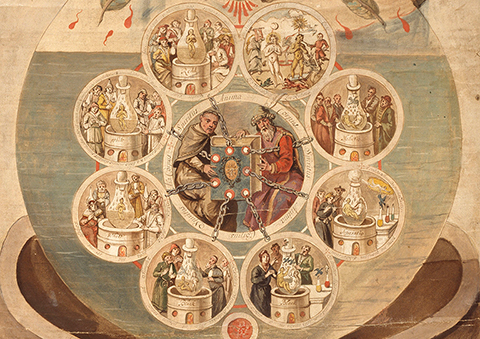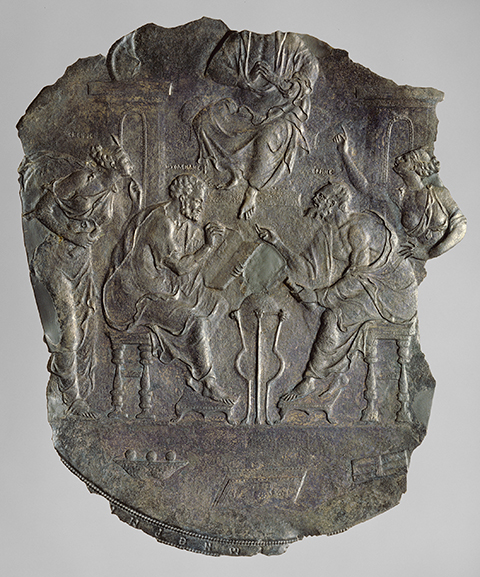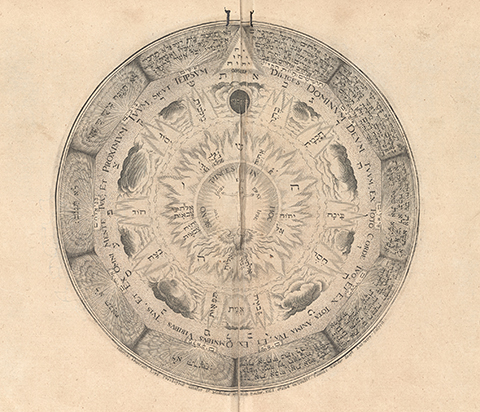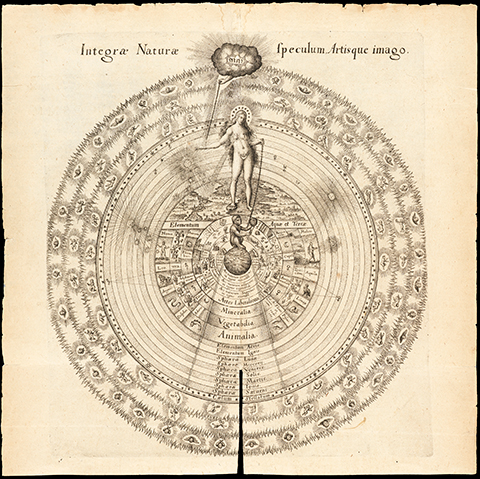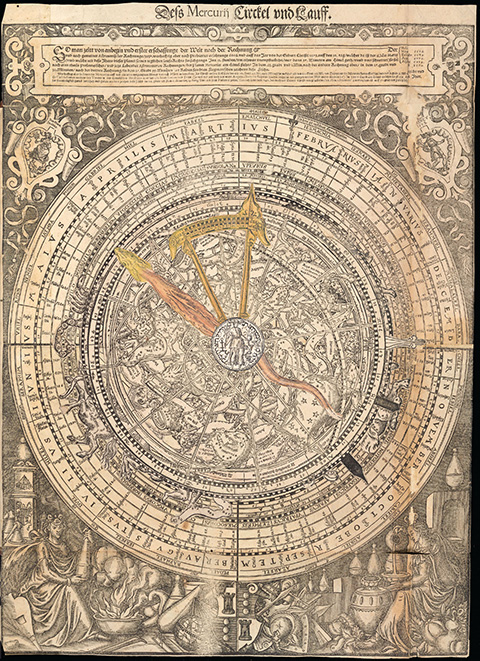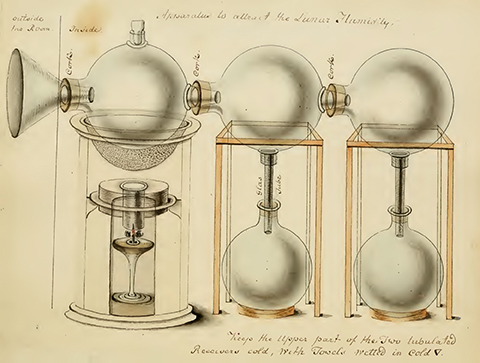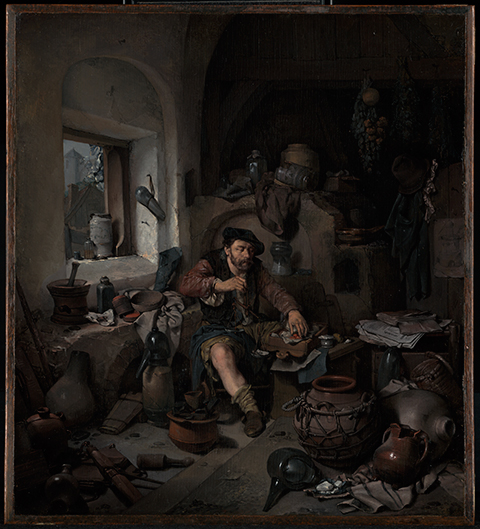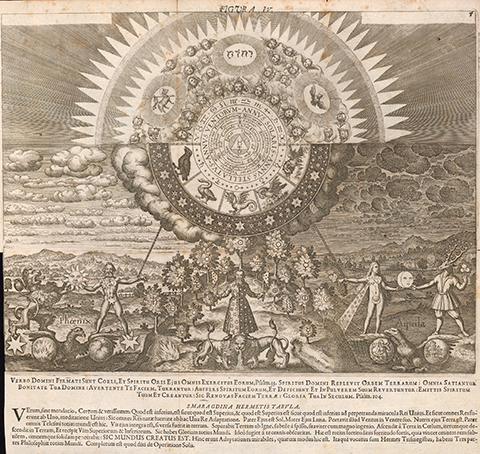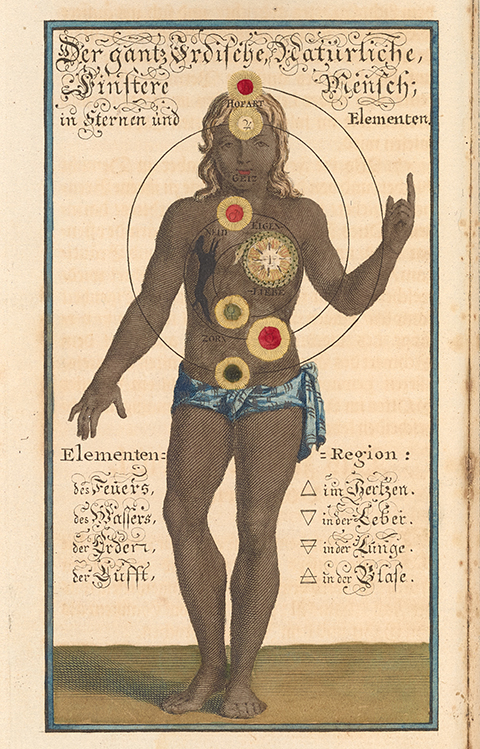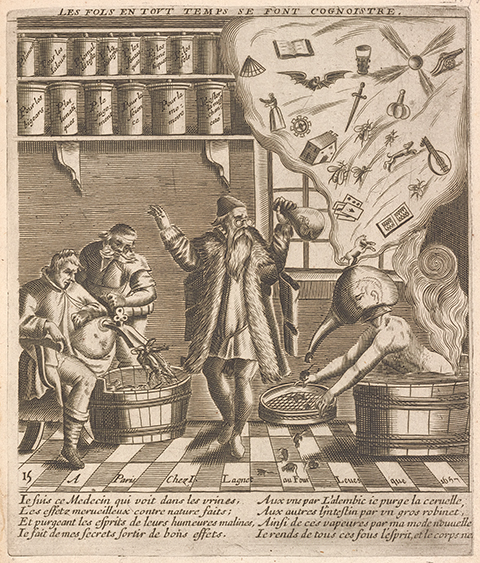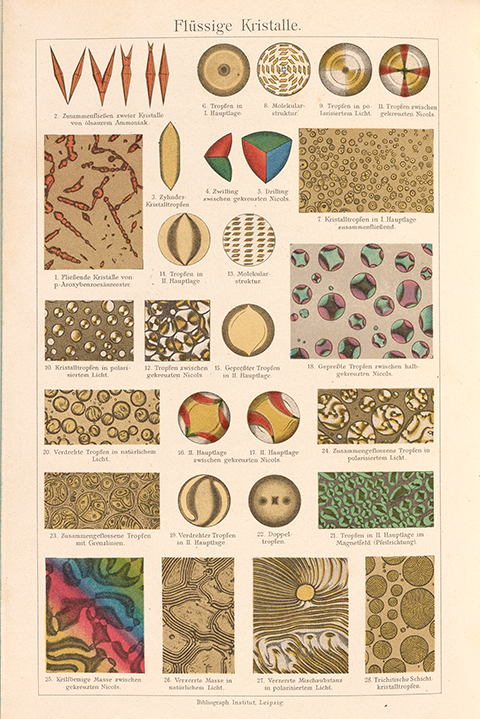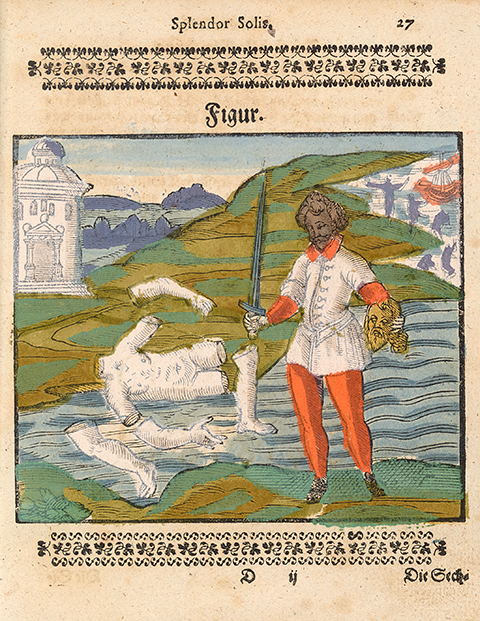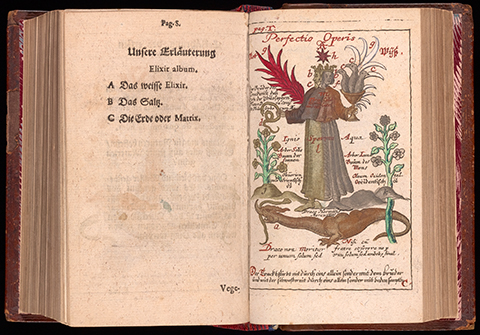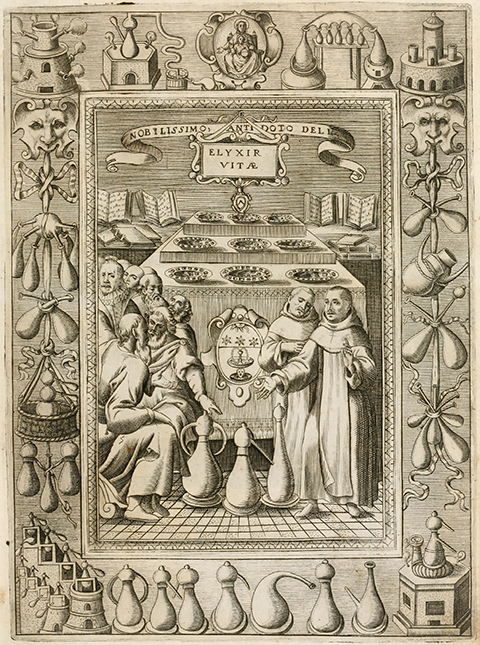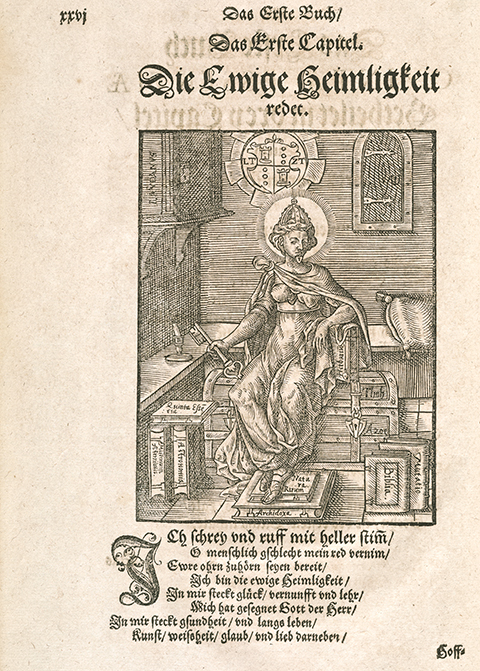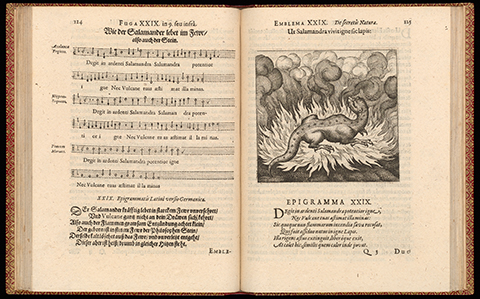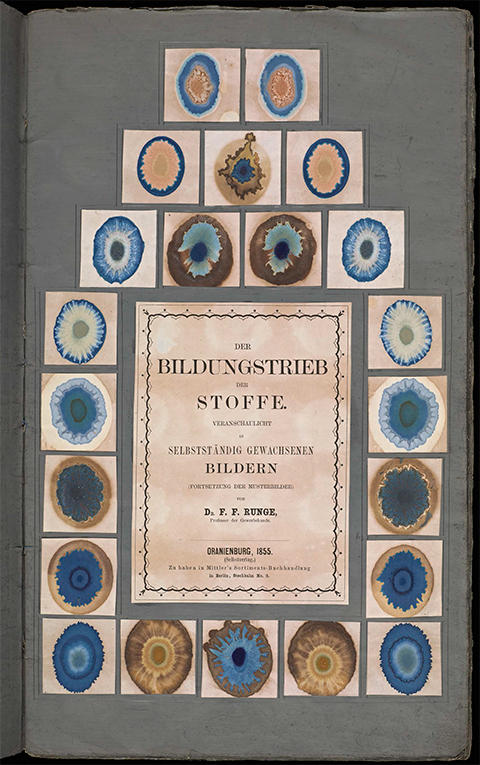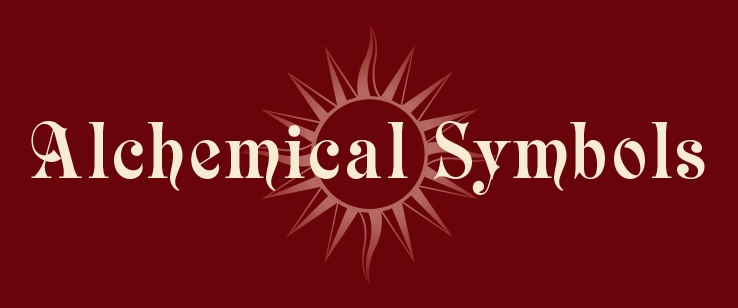Lecture by Nancy Turner
Thursday, October 20, 2016, 7:00 p.m.
Museum Lecture Hall, Getty Center
The Art of Alchemy
October 11, 2016–February 12, 2017Getty Research Institute
Long shrouded in secrecy, alchemy is now recognized as the ancestor of modern chemistry. Alchemists were notorious for attempting to make synthetic gold, but their goals were far more ambitious: to transform and bend nature to the will of an industrious human imagination. For scientists, philosophers, and artists alike, alchemy seemed to hold the key to unlocking the secrets of creation. Alchemists’ efforts to discover the way the world is made have had an enduring impact on artistic practice and expression around the globe. Inventions born from alchemical laboratories include metal alloys for sculpture and ornament, oil paints, effects in glassmaking, and even the chemical baths of photography. The mysterious art of alchemy transformed visual culture from antiquity to the Industrial Age, and its legacy still permeates the world we make today.
Related Events
The Alchemy of the Handmade Book
Presentation by Daniel Kelm and Timothy Ely
Thursday, October 27, 2016, 7:00 p.m.
Museum Lecture Hall, Getty Center
Culinary Workshop: Edible Alchemy
Culinary Workshop with Nancy DeLucia Real
--Sold out--
Friday, December 9, 2016, 10:30 a.m.–2:30 p.m.
Private Dining Room, Getty Center
Chemical Rainbows and Liquid Crystal Souls: The Spirit of Alchemy in the History of Art
Lecture by David Brafman
Wednesday, January 18, 2017, 7:00 p.m.
Harold M. Williams Auditorium, Getty Center
The Art of Alchemy Colloquium
Thursday, January 19, 2017, 10:00 a.m.–5:30 p.m.
Museum Lecture Hall, Getty Center
Gallery Tours
Tuesdays and Thursdays at 2:00 p.m.
October 11–December 15, 2016
January 10–February 9, 2017 (no tour January 19)
- To schedule a guided tour of 15 people or more, please contact gritours@getty.edu
- Book a school tour
Mobile Tour
Related Exhibitions
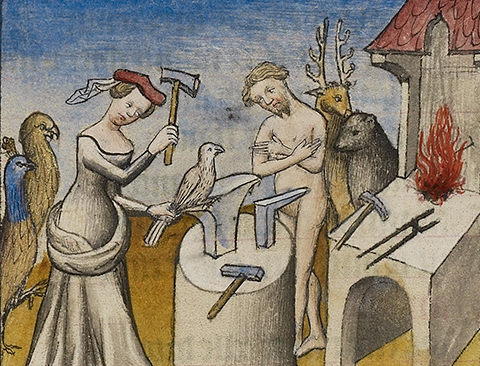
The Alchemy of Color in Medieval Manuscripts
October 11, 2016–January 1, 2017
Getty Center
During the Middle Ages and the Renaissance, the manufacture of pigments and colored inks used for painting and writing manuscripts was part of the science of alchemy, a precursor of modern chemistry concerned with the transformation of matter. This exhibition examines colorants made from plants, minerals, and metals, as well as medieval recipes for pigments and imitation gold in a presentation that highlights the Getty’s ongoing research into the materials used by book illuminators.
The Shimmer of Gold: Giovanni di Paolo in Renaissance Siena
October 11, 2016–January 8, 2017
Getty Center
